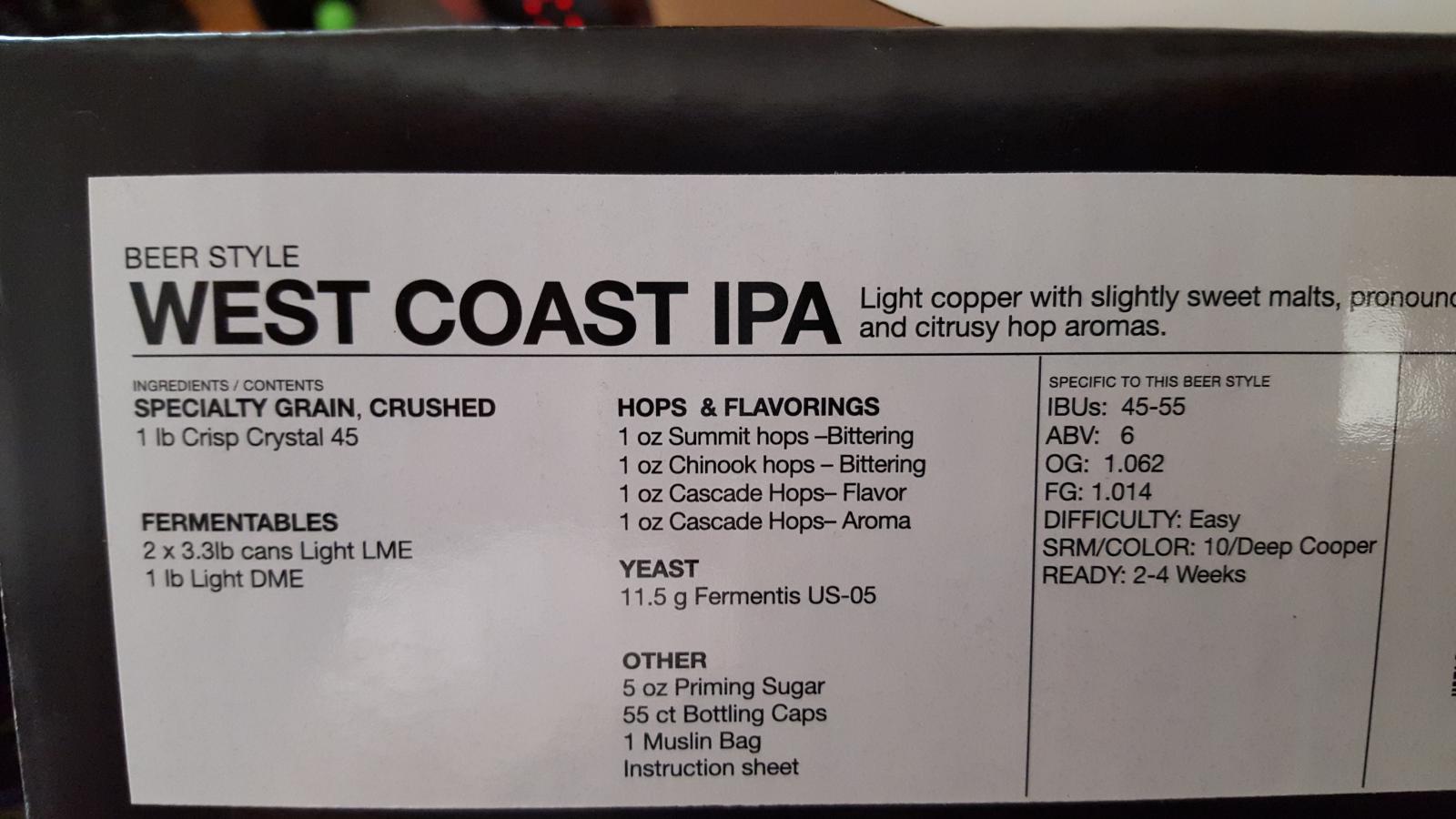VikingGoldfish
Member
- Joined
- Sep 24, 2015
- Messages
- 15
- Reaction score
- 1
So this is my second brew attempt. My first was a belgian ale which turned out bad. Tasted like sugar with some alcohol in it and a green tint when held to the light. Also i could not get the fg to get to what it should be. It was off by a good .02 points and couldn't get it to change after 2 weeks and added nutrients. So on my west coast IPA I am doing now I was told if I wanted a higher abv to add more DME. I added one extra pound and I was told it should get close to 7% abv. Only problem is afer 7 days the sp went from 1.066 to 1.022 and the fg is supposed to be around 1.014 and with the extra DME I was told it would be around 1.008. Now I am not a scientist but that not quite close enough right.. Today I told to add more Nutrients to try and restart fermentation and wait another week. So I mentioned this to one of my friends who brews and he says your primary fermentation should be no longer than 7 days and needs to be taken out of the primary or it will go bad. I am so confused. Forums say leave it in primary for weeks and some I have seen said a week. So how do I get my fg to be what it should be in the strange time frame I have read. Help please I don't really wanna have another wasted brew.




